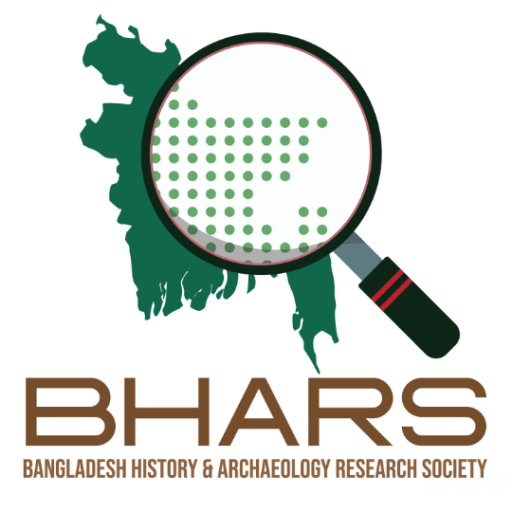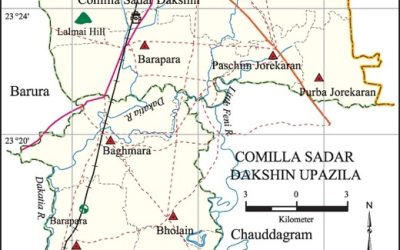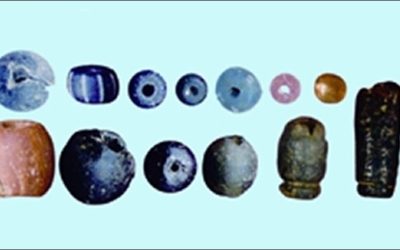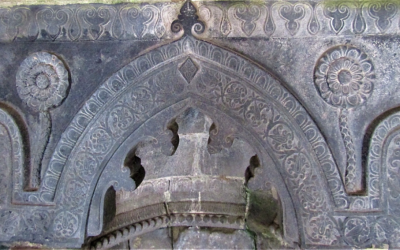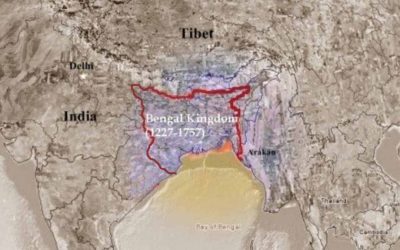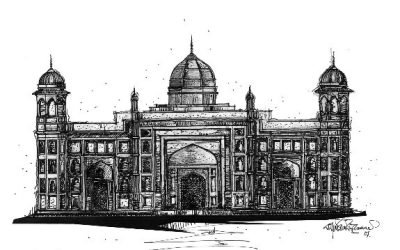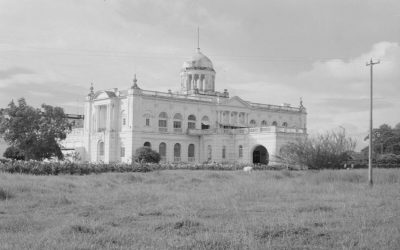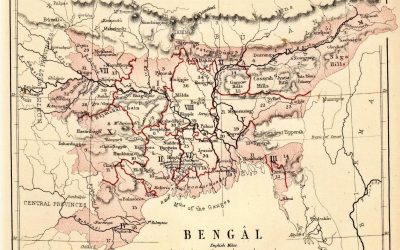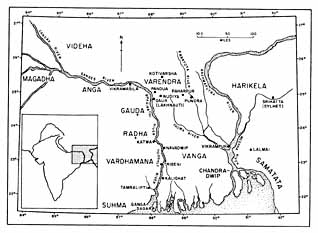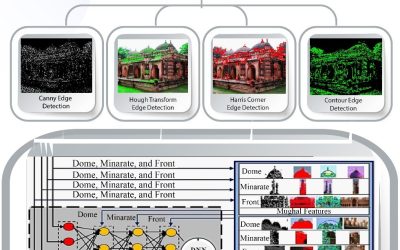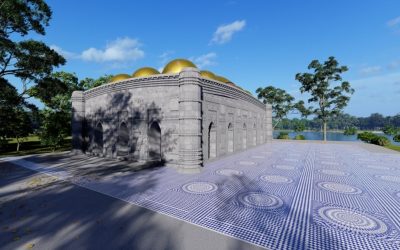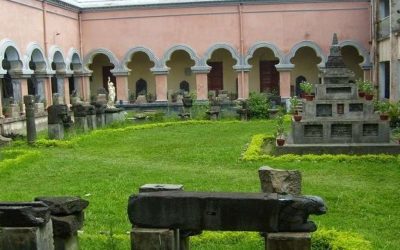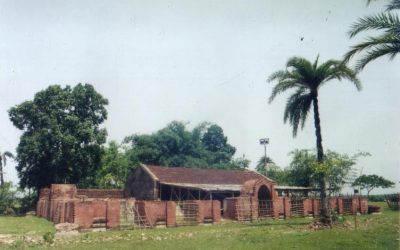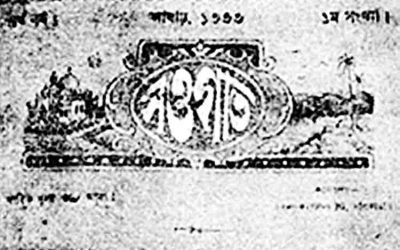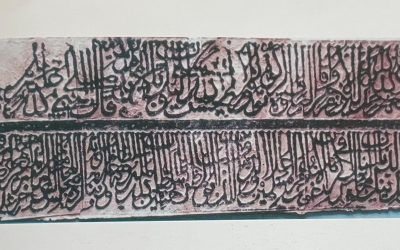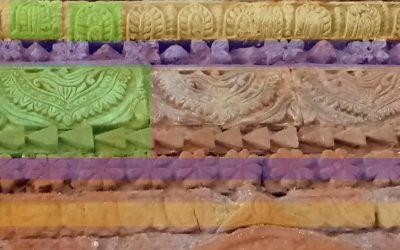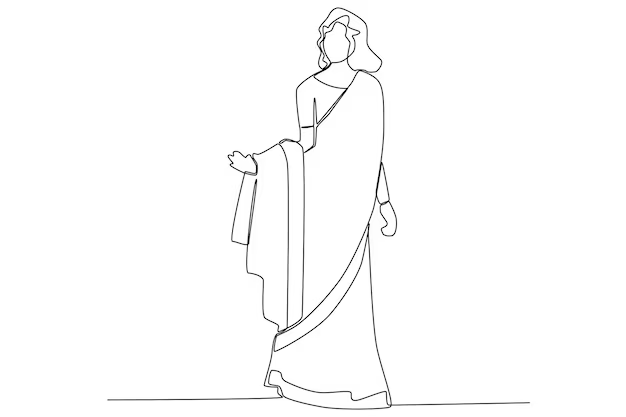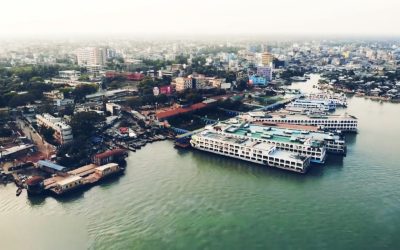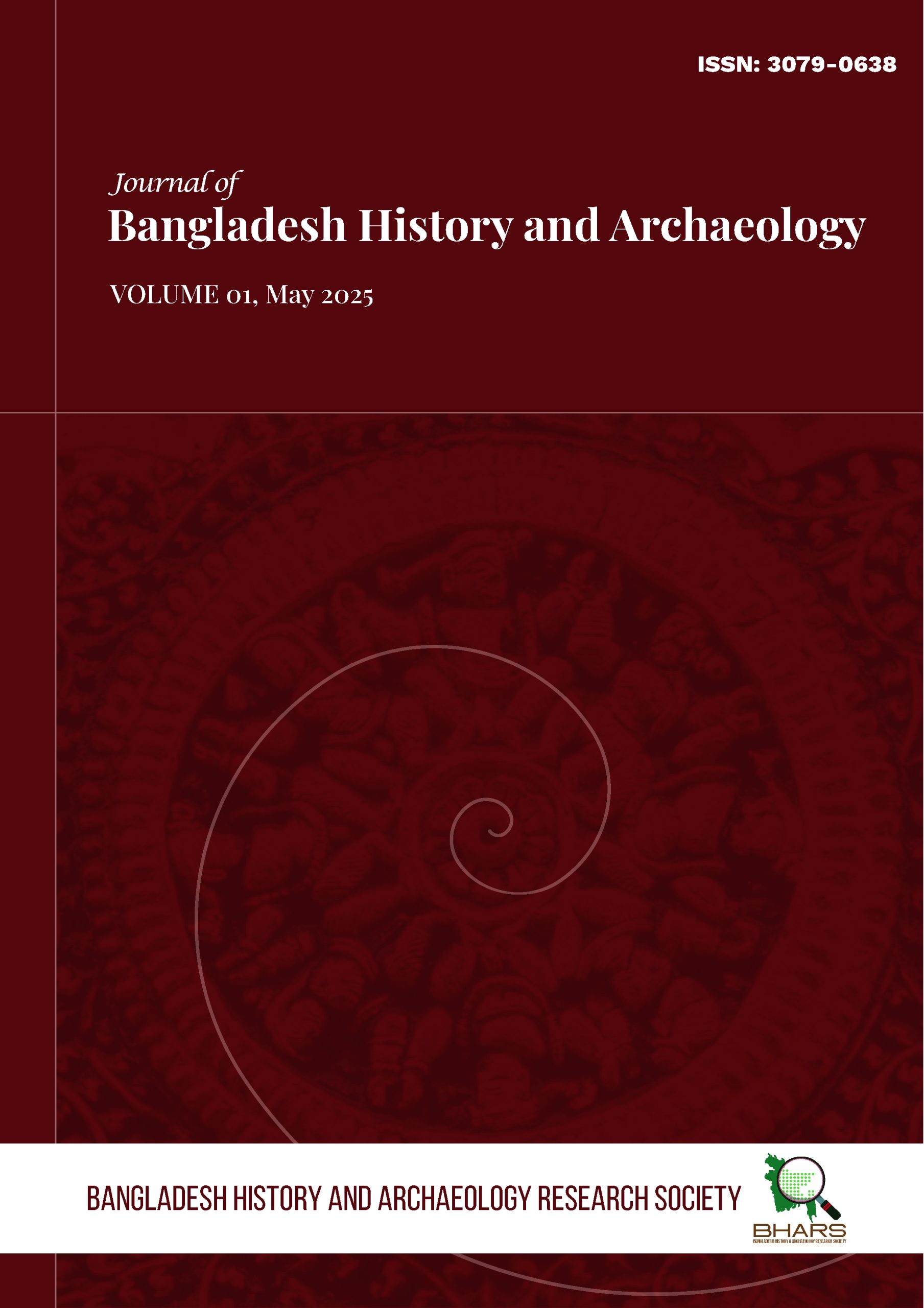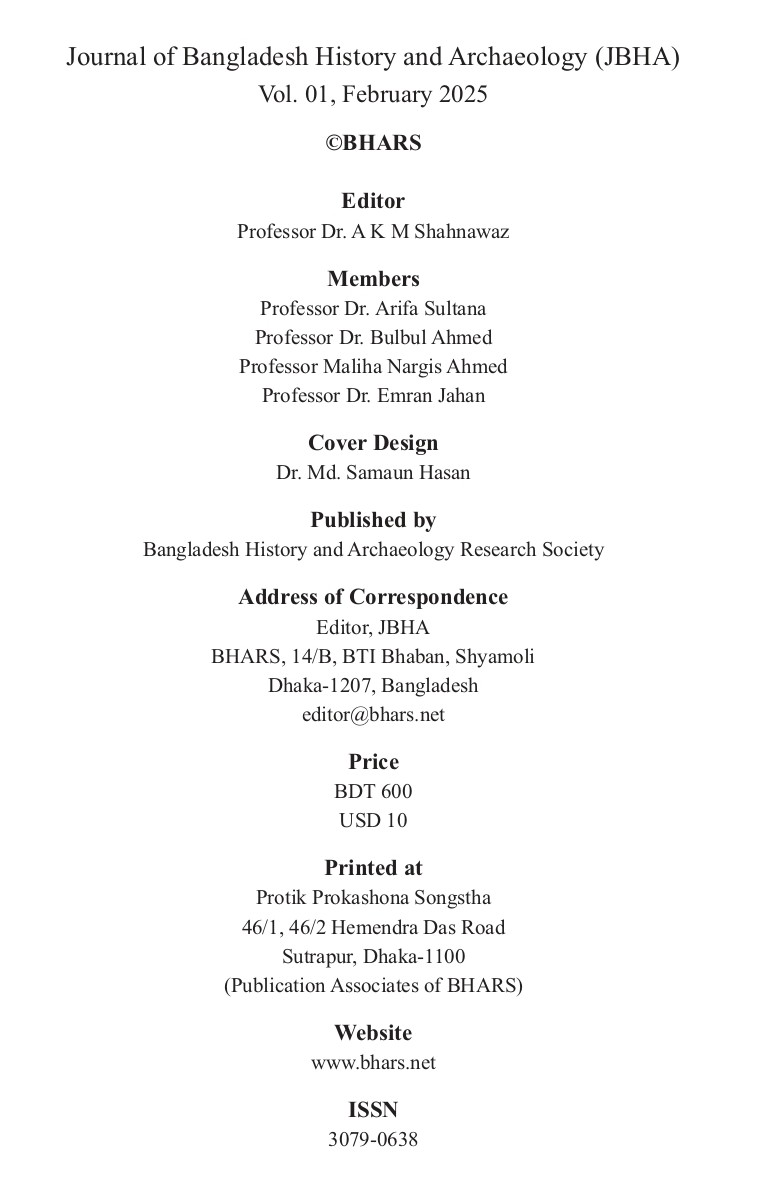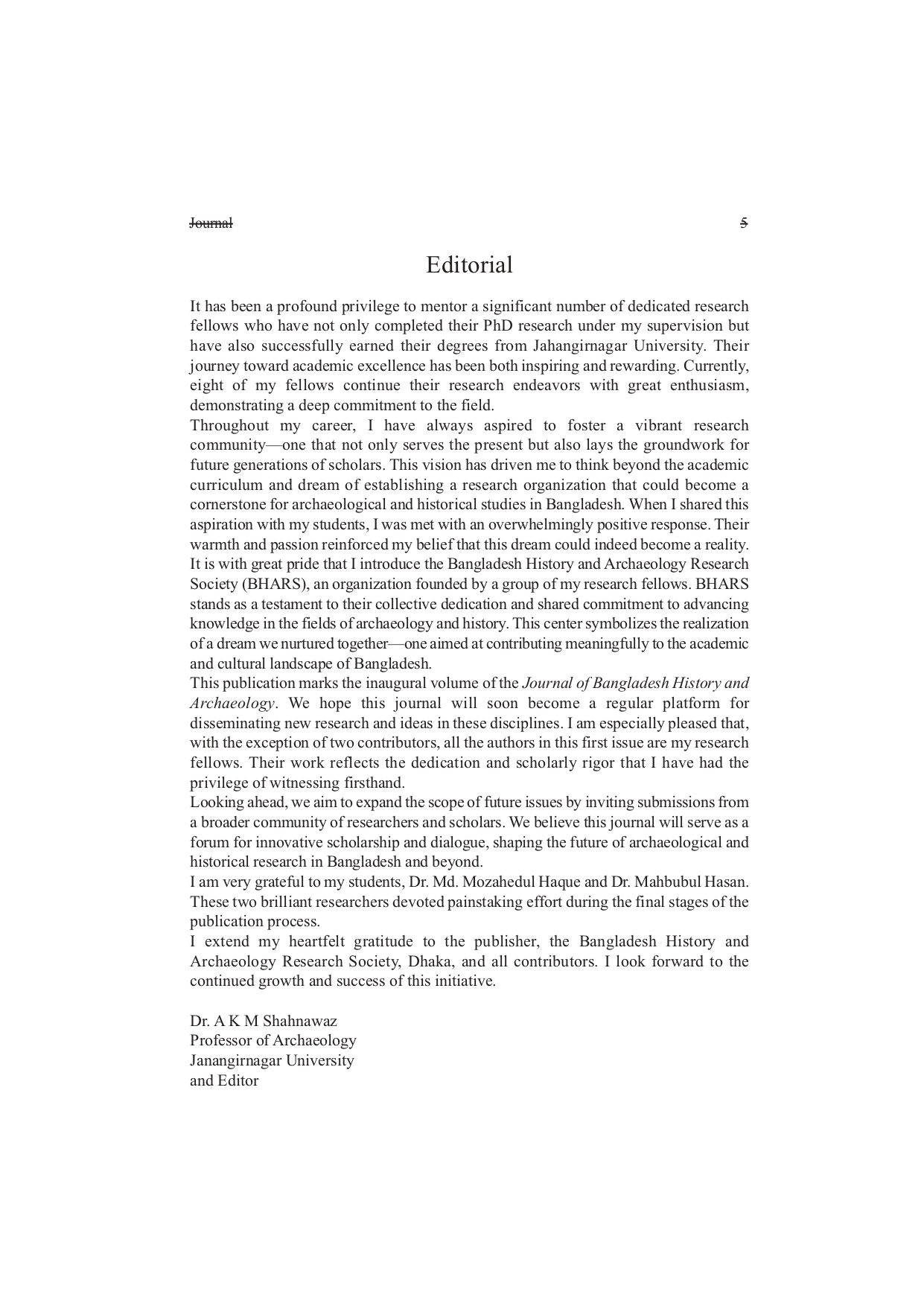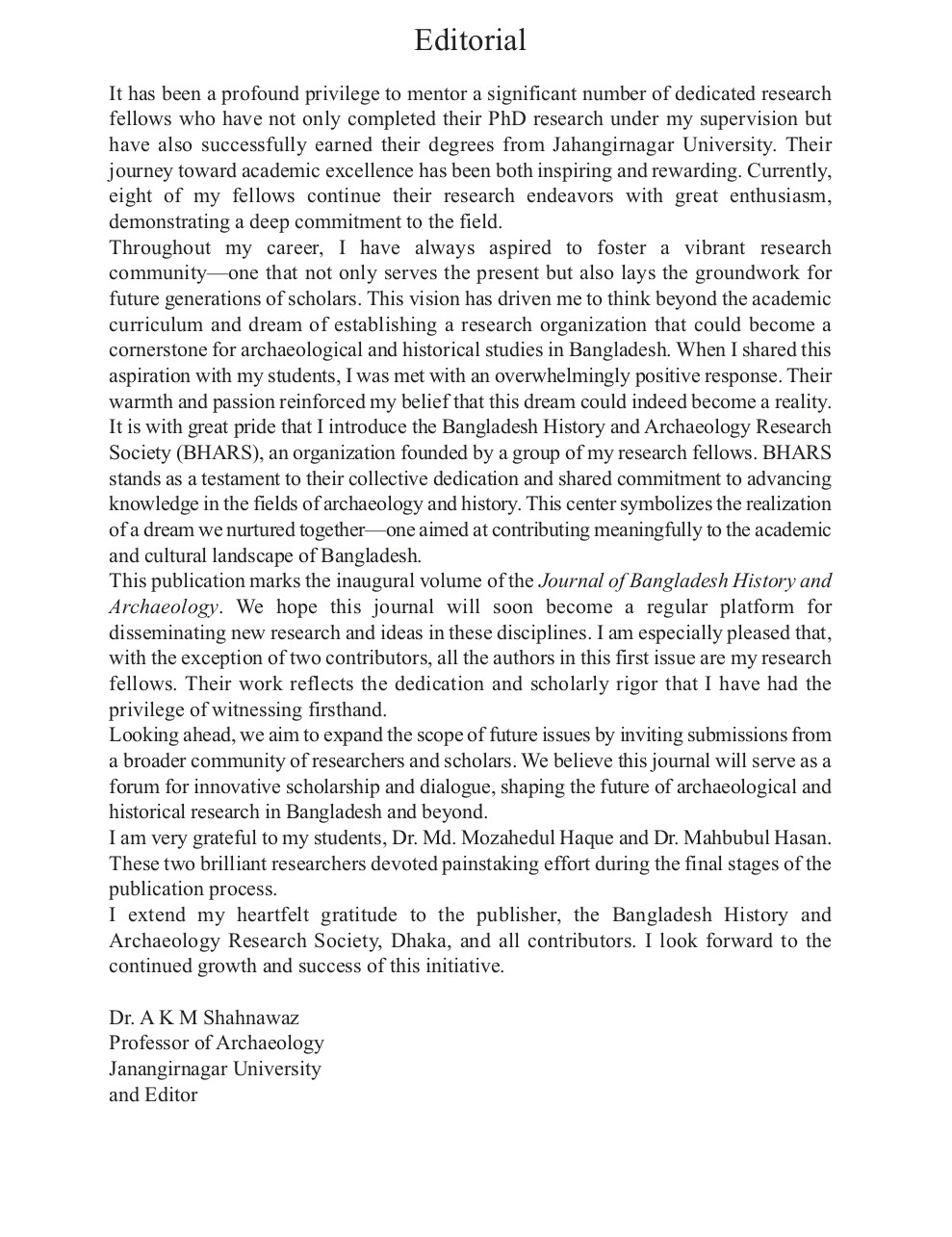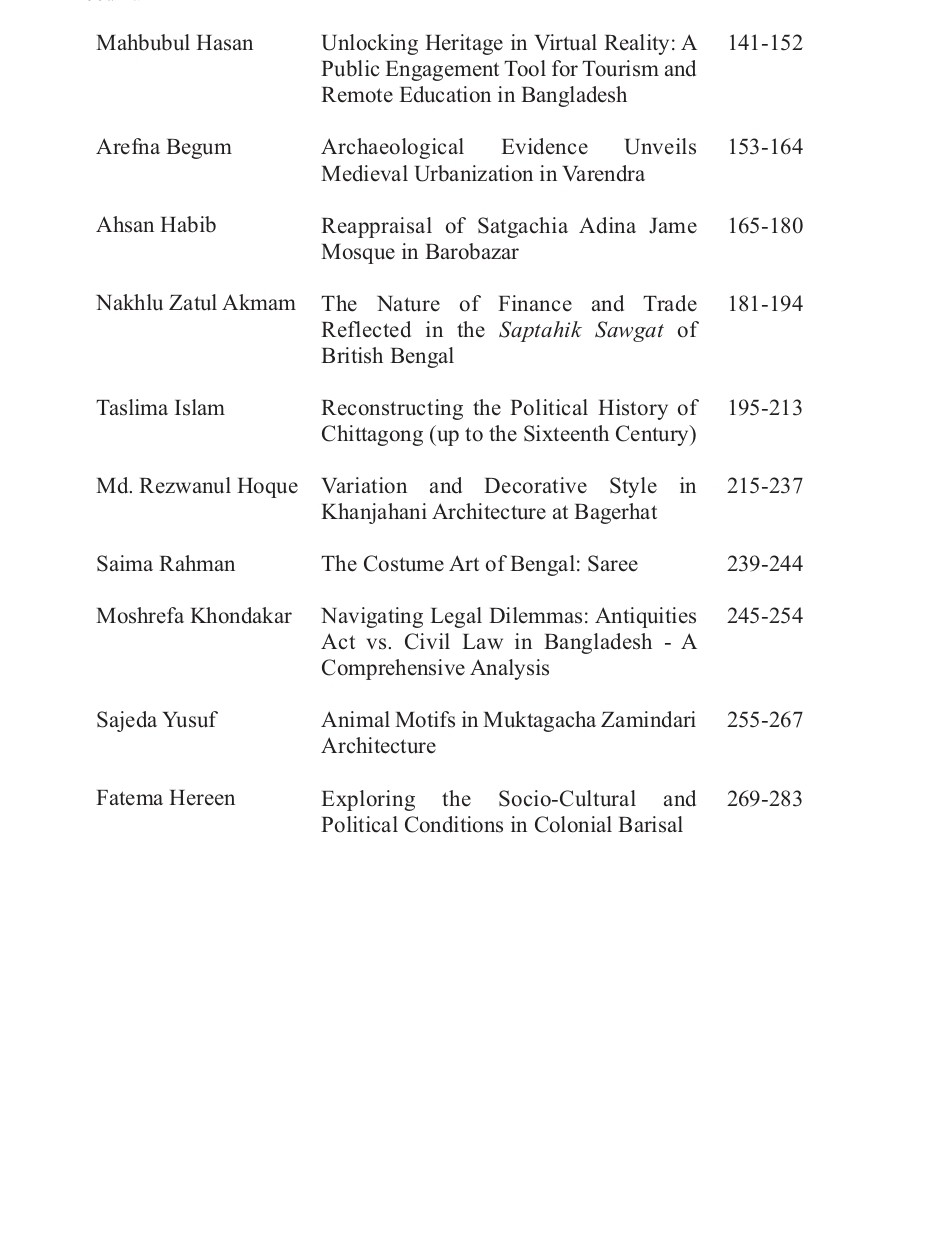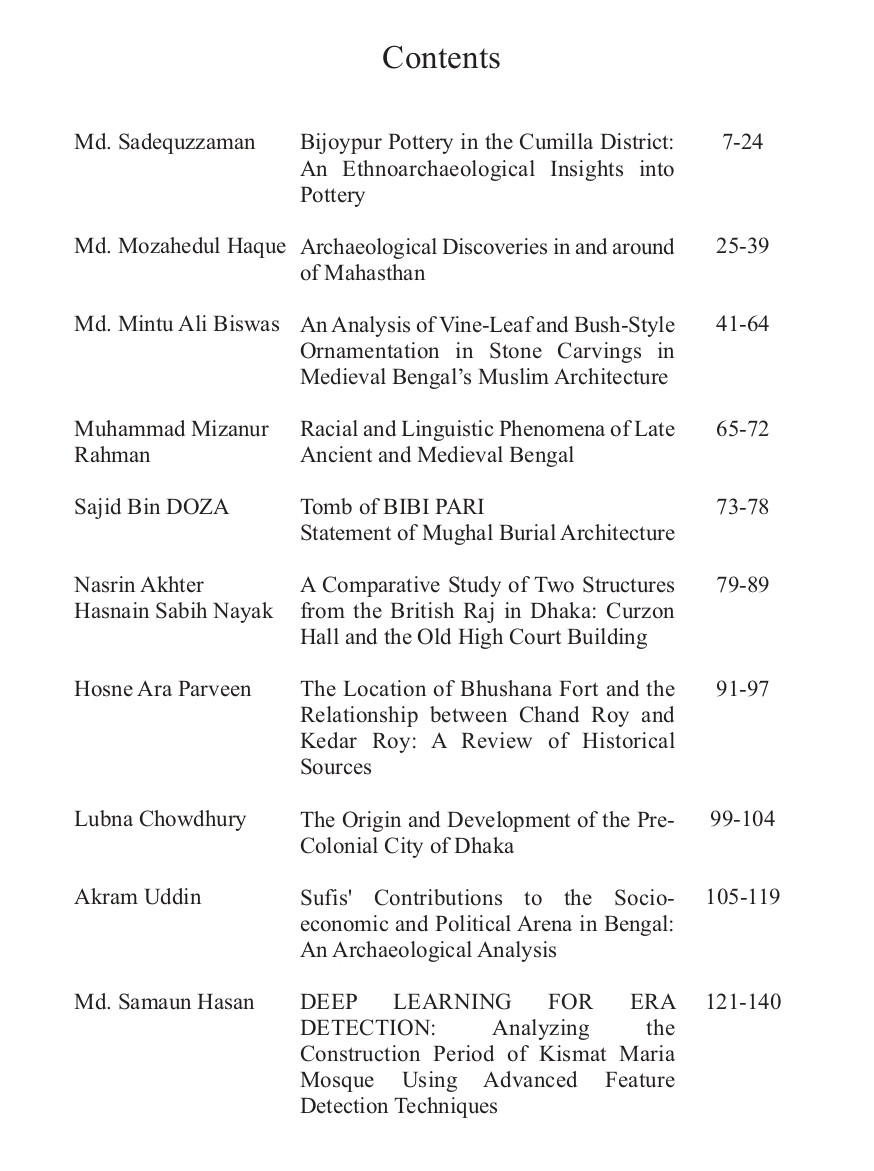Journal of Bangladesh History and Archaeology (JBHA)
Volume: 01, February 2025
ISSN : 3079-0638 (Print)
ISSN : 3105-4250 (Online)
Bijoypur Pottery in the Cumilla District: An Ethnoarchaeological Insights into Pottery Traditions
-Md. Sadequzzaman Abstract: This study investigates the ethnoarchaeological dimensions of Bijoypur pottery, a traditional craft practiced in the Cumilla District of Bangladesh. By integrating...
Archaeological Discoveries in and around of Mahasthan
-Dr. Md. Mozahedul Haque Abstract: Mahasthan, or Mahasthangarh, is one of the earliest urban sites in Bangladesh, situated on the western bank of the Karatoya River, approximately 12 km north of...
Analysis of Vine-Leaf and Bush-Style Ornamentation in Stone Carvings in Medieval Bengal’s Muslim Architecture
-Dr. Md. Mintu Ali Biswas* Abstract From the very beginning of the creation of architecture, people have tried to beautify this art form with various decorative motifs. The stone carving style...
Racial and Linguistic Phenomena of Late Ancient and Medieval Bengal
-Dr. Muhammad Mizanur Rahman Abstract The article deals mainly with the racial and linguistic identity of Bengal during the period from the eleventh century through thirteenth century A.D. Endeavour...
Tomb of BIBI PARI Statement of Mughal Burial Architecture
–Dr. Sajid Bin DOZA* Abstract: The tomb of Bibi Pari, located within the Lalbagh Fort in Dhaka, stands as a prime example of Mughal tomb architecture in Muslim Bengal. Constructed by Shaista Khan,...
A Comparative Study of Two Structures from the British Raj in Dhaka: Curzon Hall and the Old High Court Building
–Dr. Nasrin Akhter* -Hasnain Sabih Nayak** Abstract: In the late 19th century, British architects developed a distinct architectural style that blended Indo-Islamic and Indian traditions with...
The Location of Bhushana Fort and the Relationship between Chand Roy and Kedar Roy: A Review of Historical Sources
–Dr. Hosne Ara Parveen* Abstract: Based on various contemporary and later historical sources, it is evident that the zamindars of the Bhati region of East Bengal, who fiercely resisted the Mughals...
The Origin and Development of the Pre-Colonial City of Dhaka
–Lubna Chowdhury* Abstract: In the historical context of the world, the emergence of urban civilizations has often been closely tied to the presence of rivers, and Dhaka is no exception. The city of...
Sufis’ Contributions to the Socio-economic and Political Arena in Bengal: An Archaeological Analysis
–Dr. Akram Uddin* Abstract: The contributions of Sufis represent a significant facet of civilization in medieval Bengal. These individuals were not only esteemed Islamic scholars and mystics but...
DEEP LEARNING FOR ERA DETECTION: Analyzing the Construction Period of Kismat Maria Mosque Using Advanced Feature Detection Techniques
–Dr. Md. Samaun Hasan* Abstract: In the context of the Fourth Industrial Revolution (4IR), convolutional neural networks (CNNs) have become pivotal in computer vision, particularly for preserving...
Unlocking Heritage in Virtual Reality: A Public Engagement Tool for Tourism and Remote Education in Bangladesh
–Dr. Mahbubul Hasan* Abstract: This article explores the potential of Virtual Reality (VR) as a transformative tool for engaging the public with Bangladesh’s cultural heritage. By integrating...
Archaeological Evidence Unveils Medieval Urbanization in Varendra
–Dr. Arefina Begum* Abstract: This paper examines the role of archaeological evidence in unveiling the medieval urbanization of the Varendra region in Bengal, highlighting the transformation of...
Reappraisal of Satgachia Adina Jame Mosque in Barbazar
–Dr. Ahsan Habib* Abstract: The Satgachiya Jami Masjid, located in the Barbazar region of Sultanate-era Bengal, served not only as a place of worship but also as a center for governance,...
The Nature of Finance and Trade Reflected in the Saptahik Sawgat of British Bengal
–Nakhlu Zatul Akmam* Abstract: This article aims to explore the narratives published in the Saptahik Sawgat (a weekly magazine) to illuminate the financial and trading system of British Bengal. It...
Reconstructing the Political History of Chittagong (up to the Sixteenth Century)
–Dr. Taslima Islam* Abstract This study reconstructs the political history of Chittagong, a region marked by significant natural beauty and strategic geopolitical importance. Known for its natural...
Variation and Decorative Style in Khanjahani Architecture at Bagerhat
–Dr. Md. Rezwanul Hoque* Abstract: The architecture of the Khanjahan period in Bagerhat, dating back to the Sultanate Bengal era, reflects a unique blend of aesthetics and subject variety, with...
The Costume Art of Bengal: Saree
–Saima Rahman* Abstract: The history of the saree in Bengal is intertwined with the evolution of its weaving industry, dating back to ancient times. As a symbol of Bengal’s cultural heritage, the...
Exploring the Socio-Cultural and Political Conditions in Colonial Barisal
-Dr. Fatema Hereen* Abstract: The political and social landscape of Barisal during the late British colonial period underwent significant transformations, marked by the decline of the zamindari...
Navigating Legal Dilemmas: Antiquities Act vs. Civil Law in Bangladesh – A Comprehensive Analysis
–Moshrefa Khandaker* Abstract: This research conducts an in-depth exploration of the legal intricacies surrounding the protection and preservation of antiquities within Bangladesh. Focusing on the...
Animal Motifs in Muktagacha Zamindari Architecture
–Dr. Sajeda Yusuf* Abstract: The artistic representation of animals has a long-standing tradition in human history, with evidence stretching from prehistoric frescoes to modern architecture. This...
